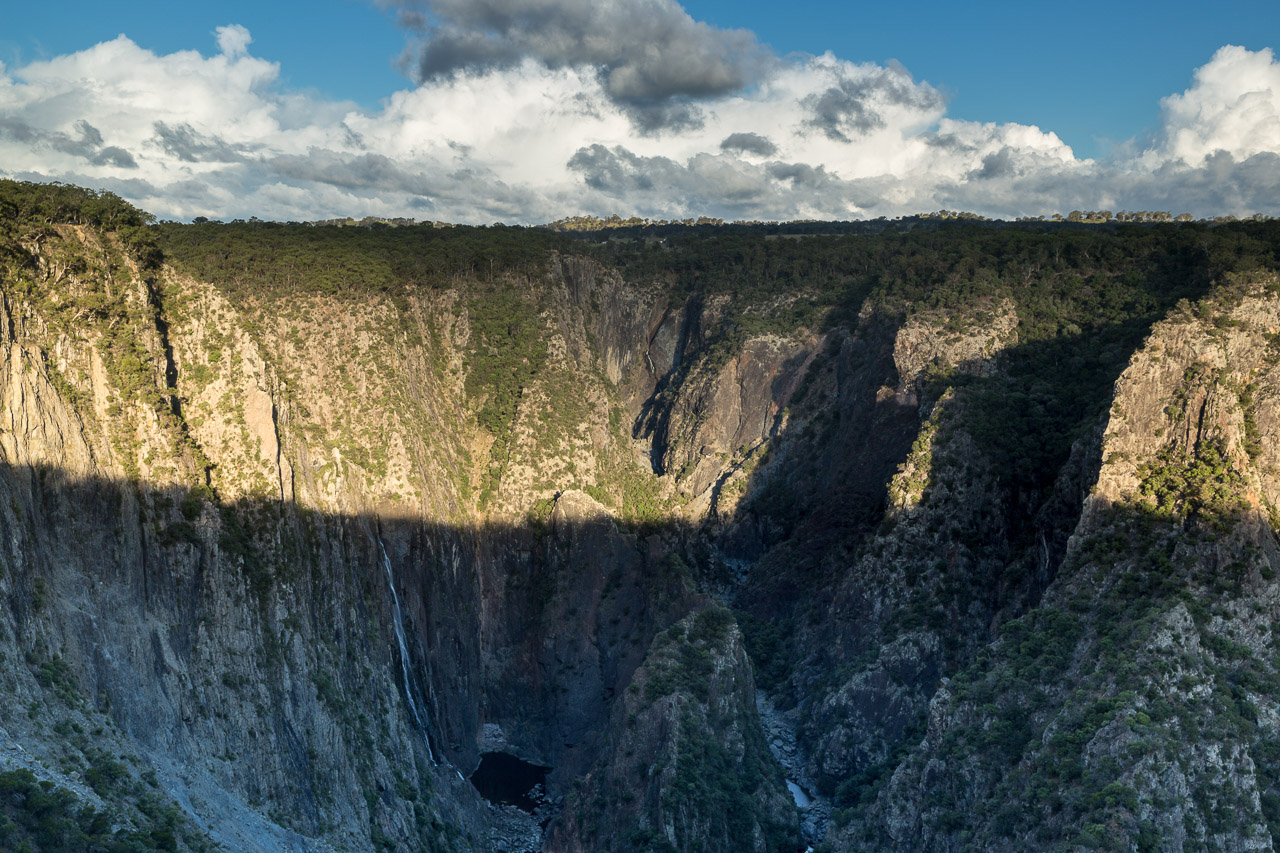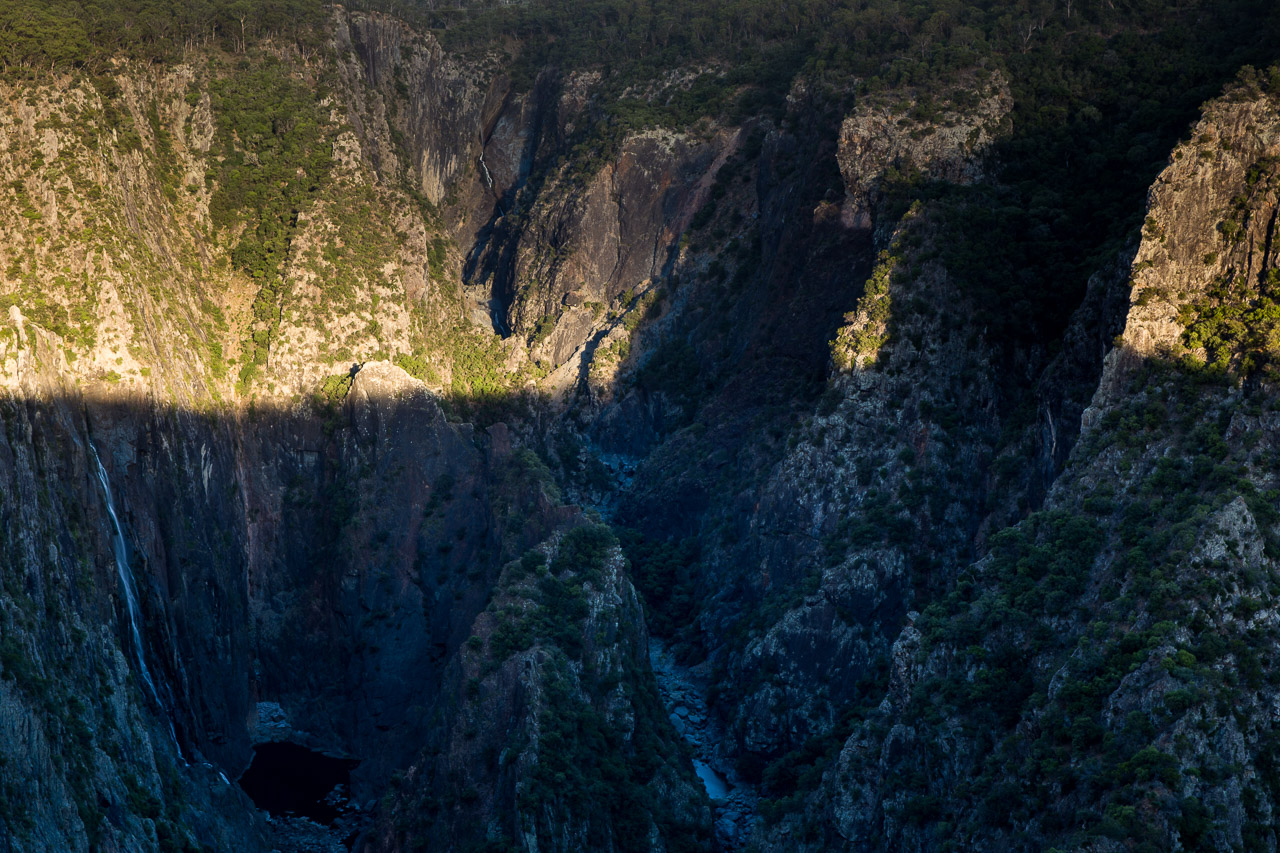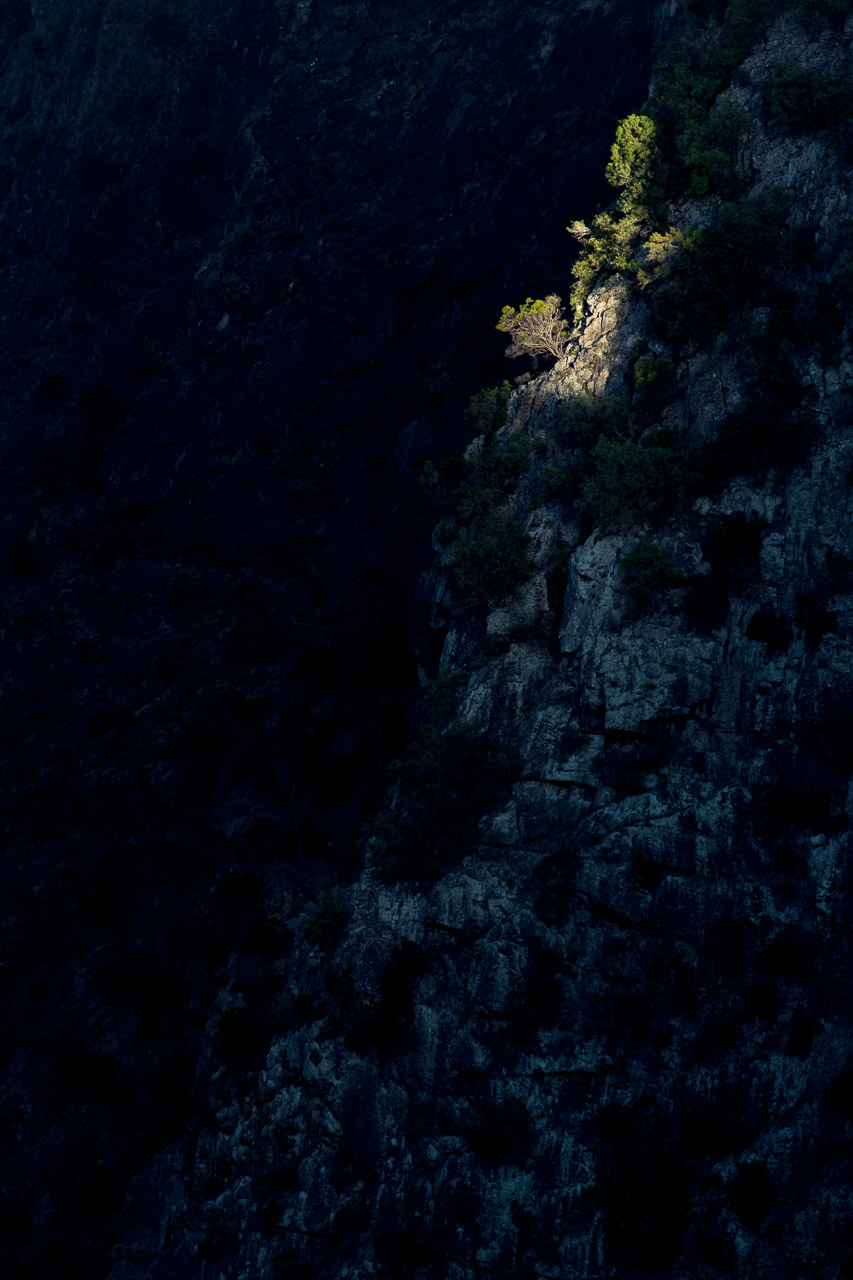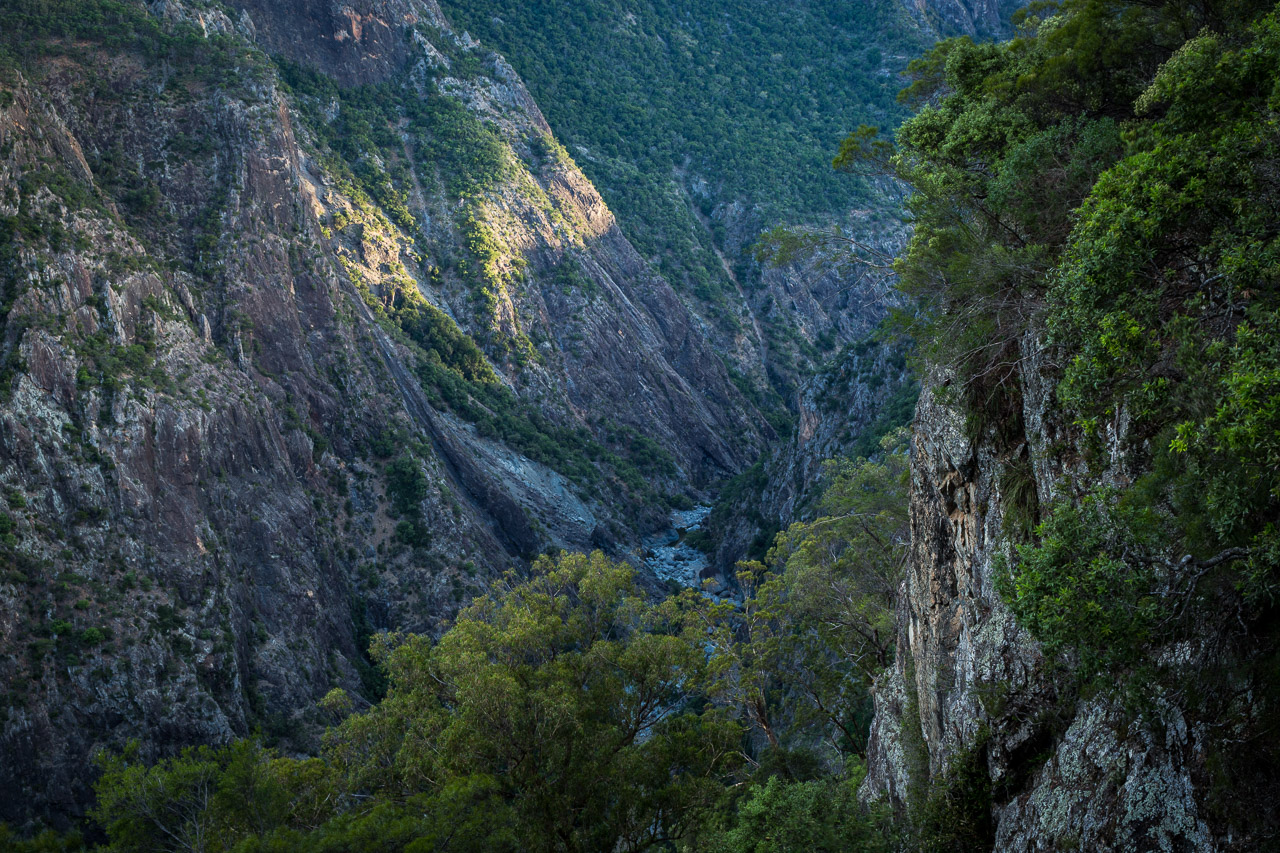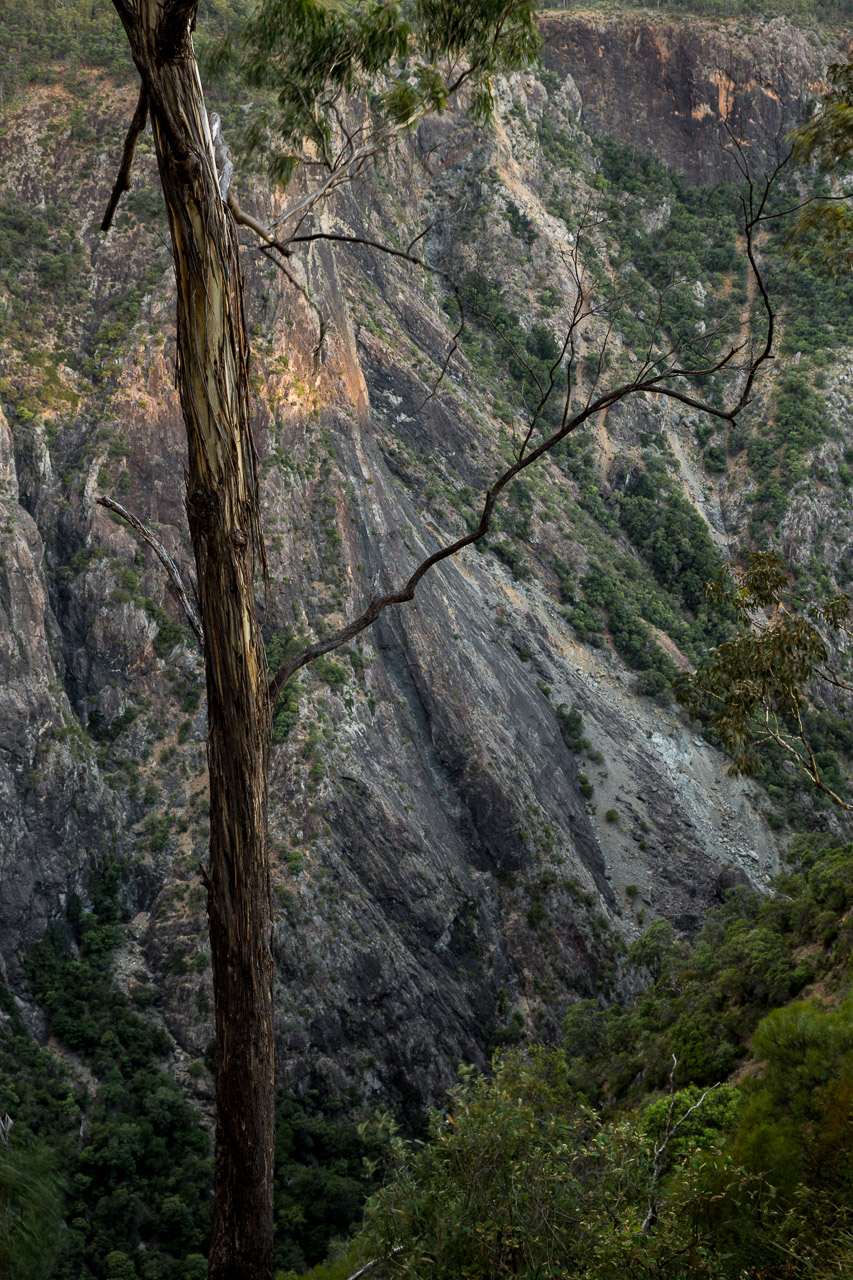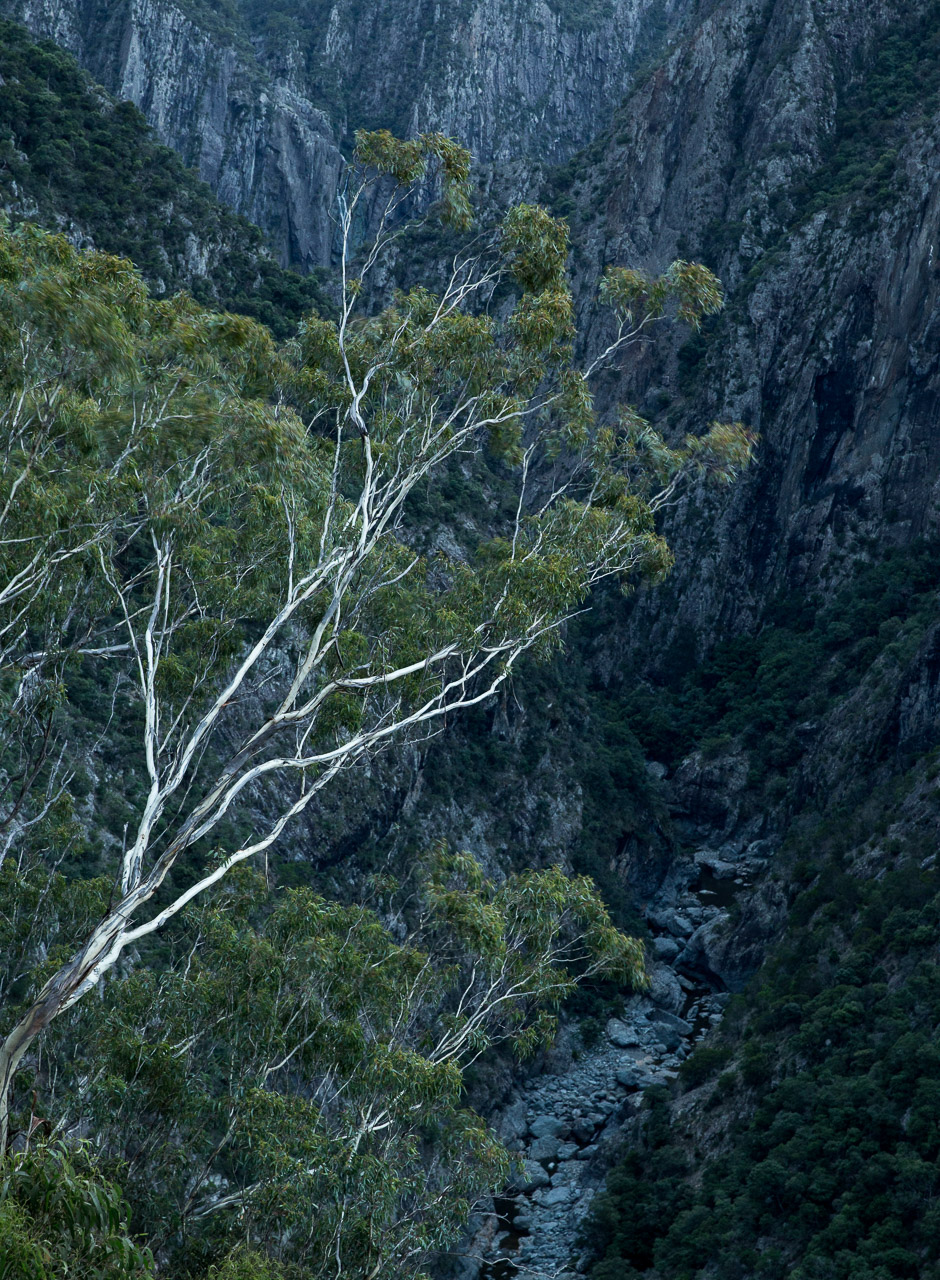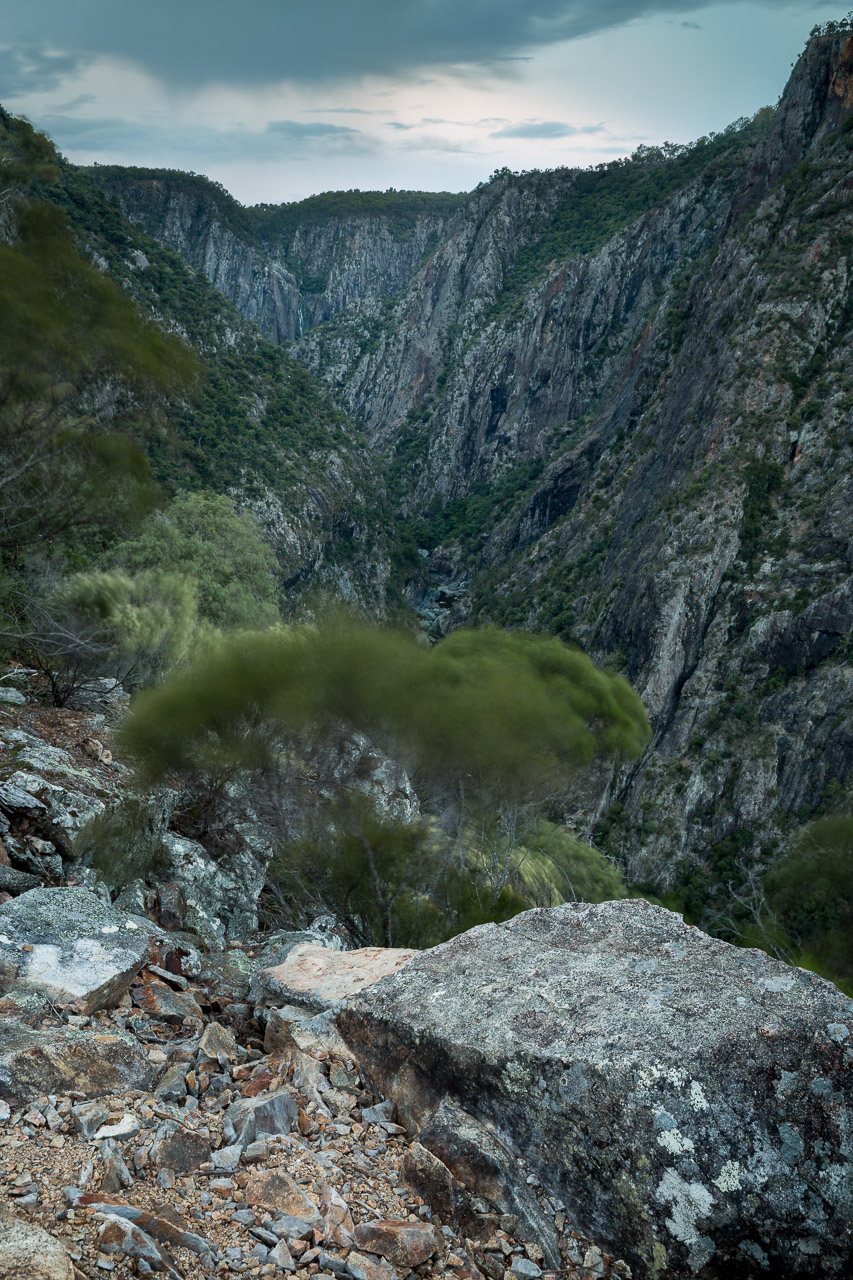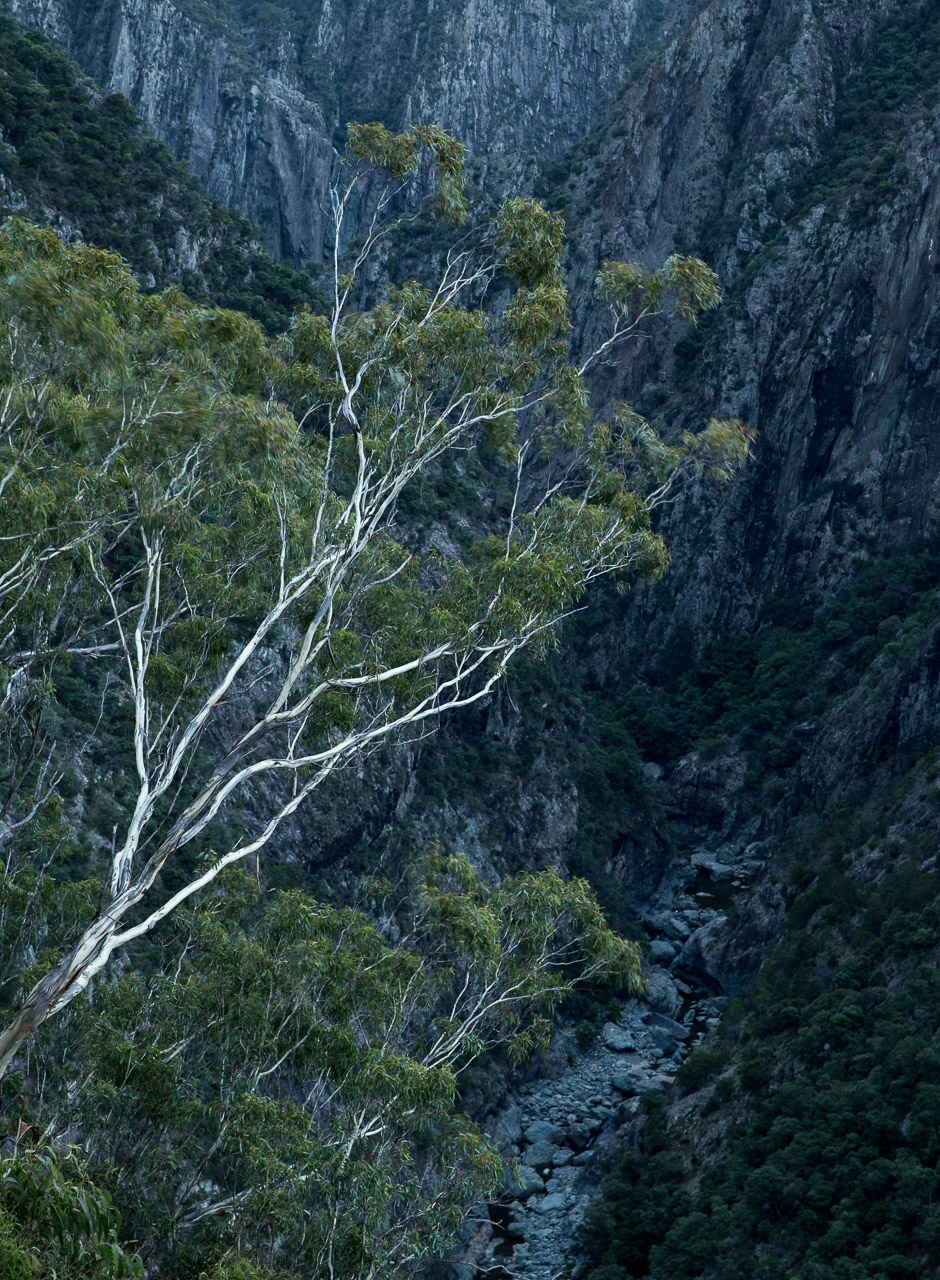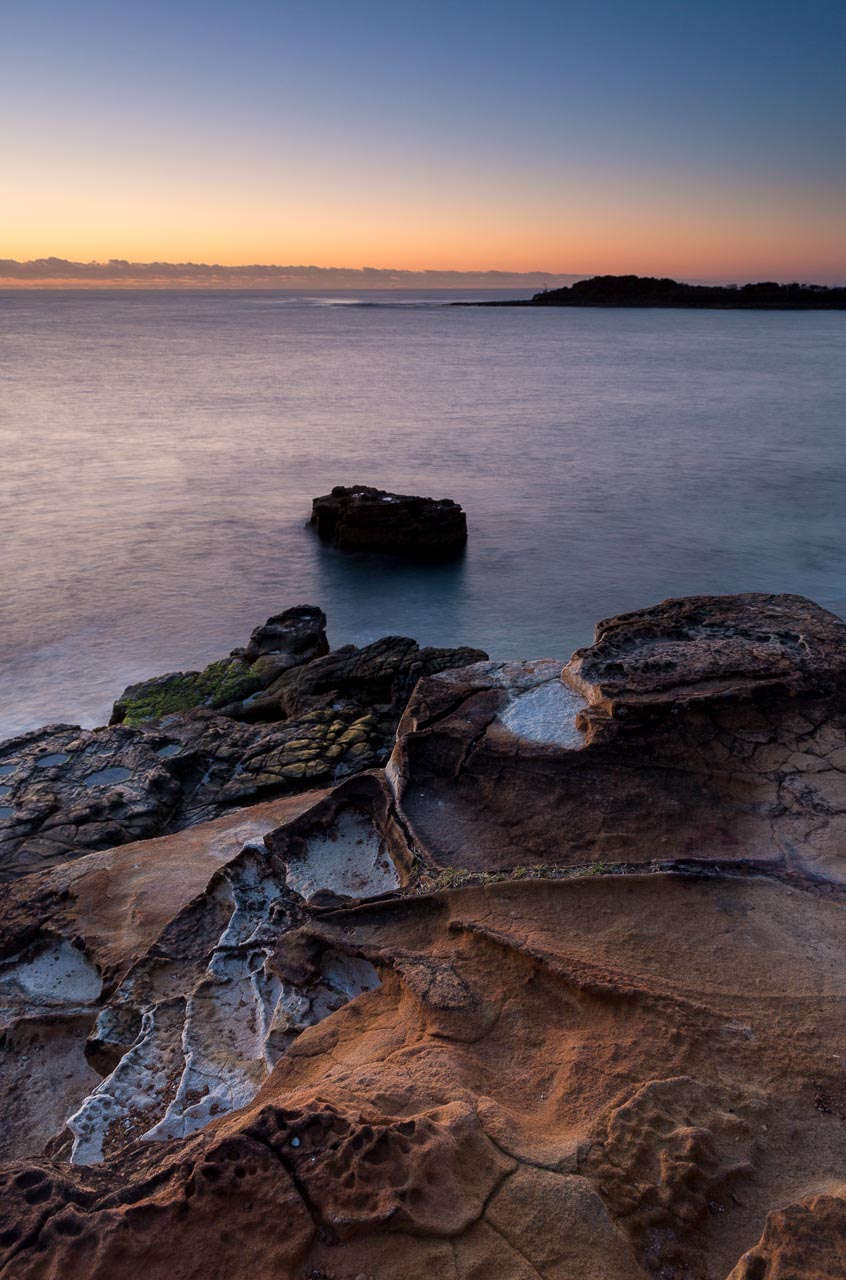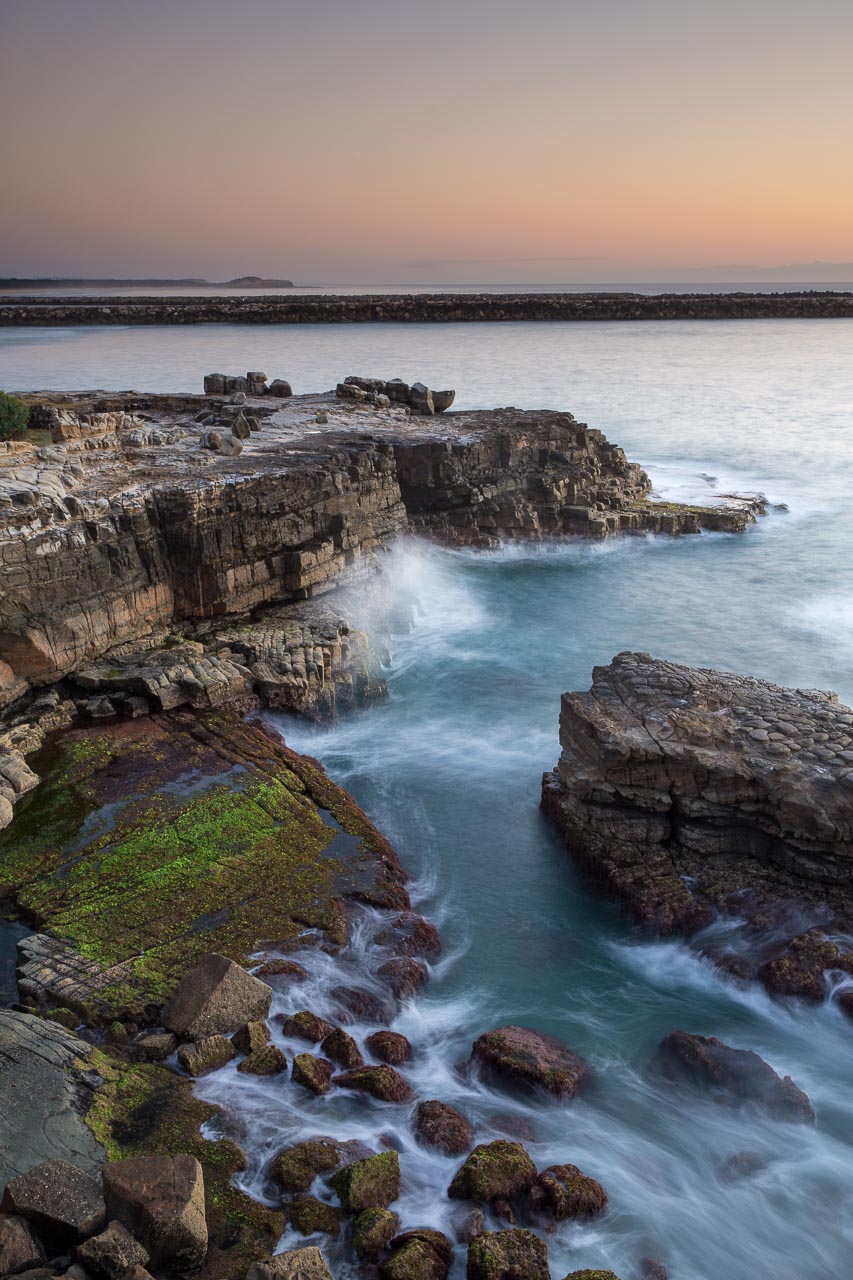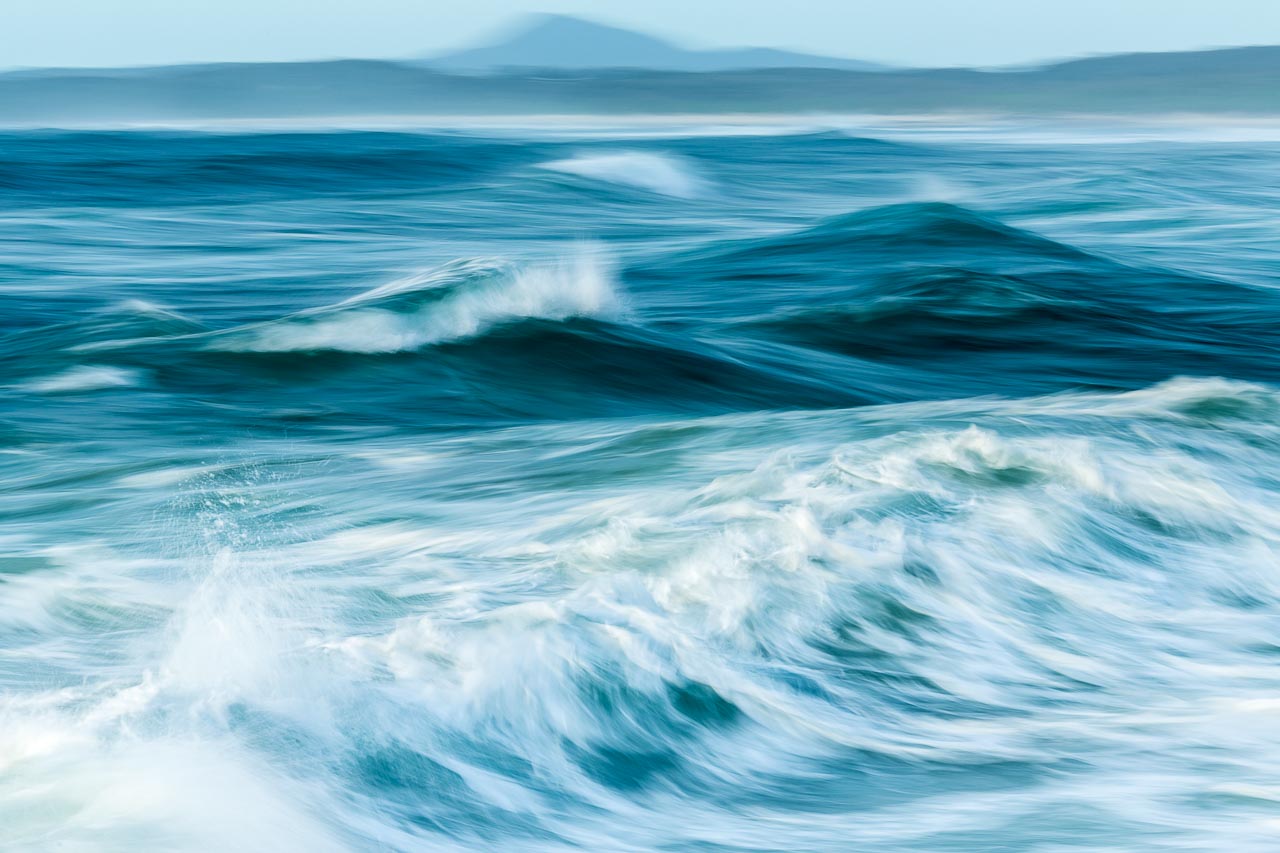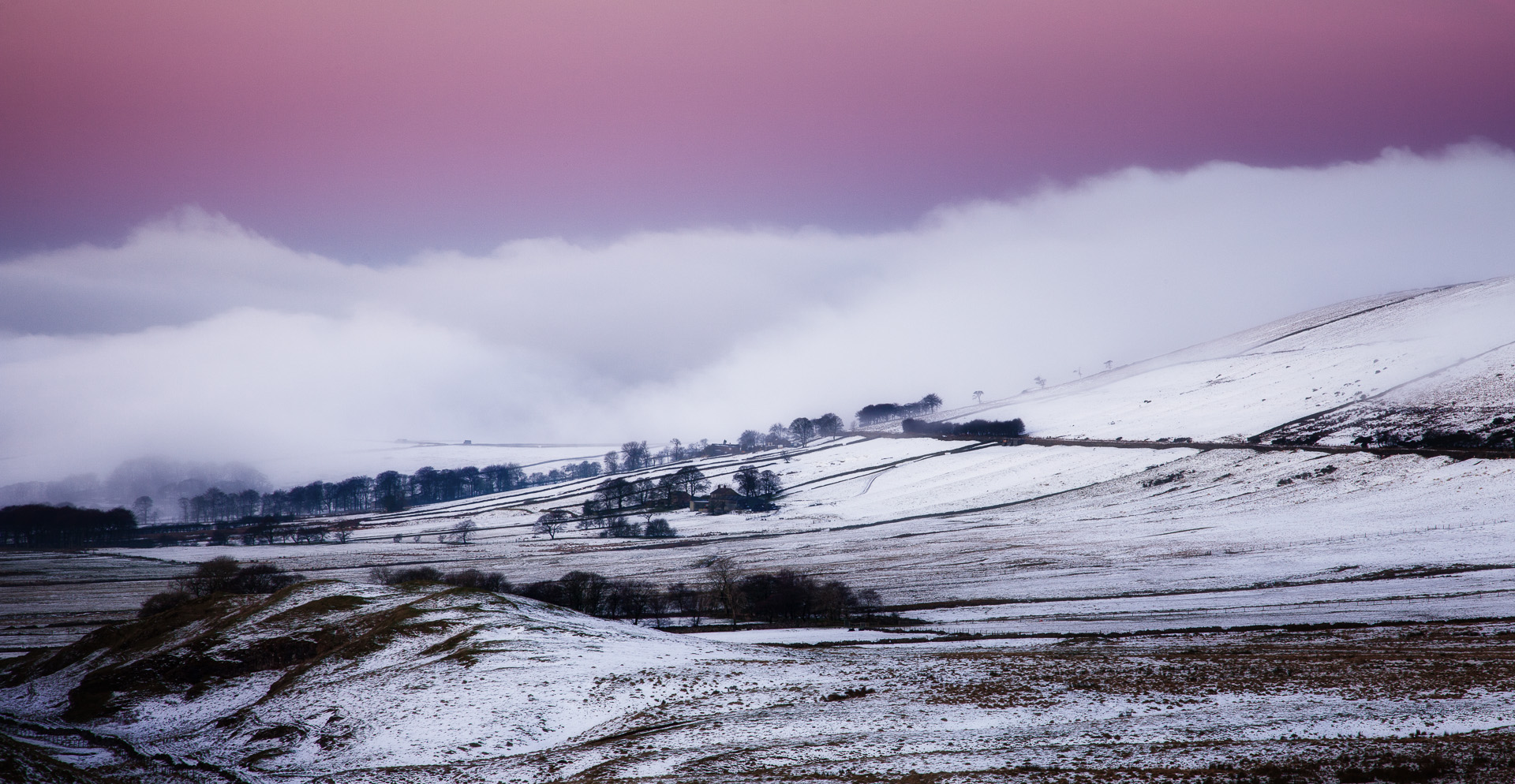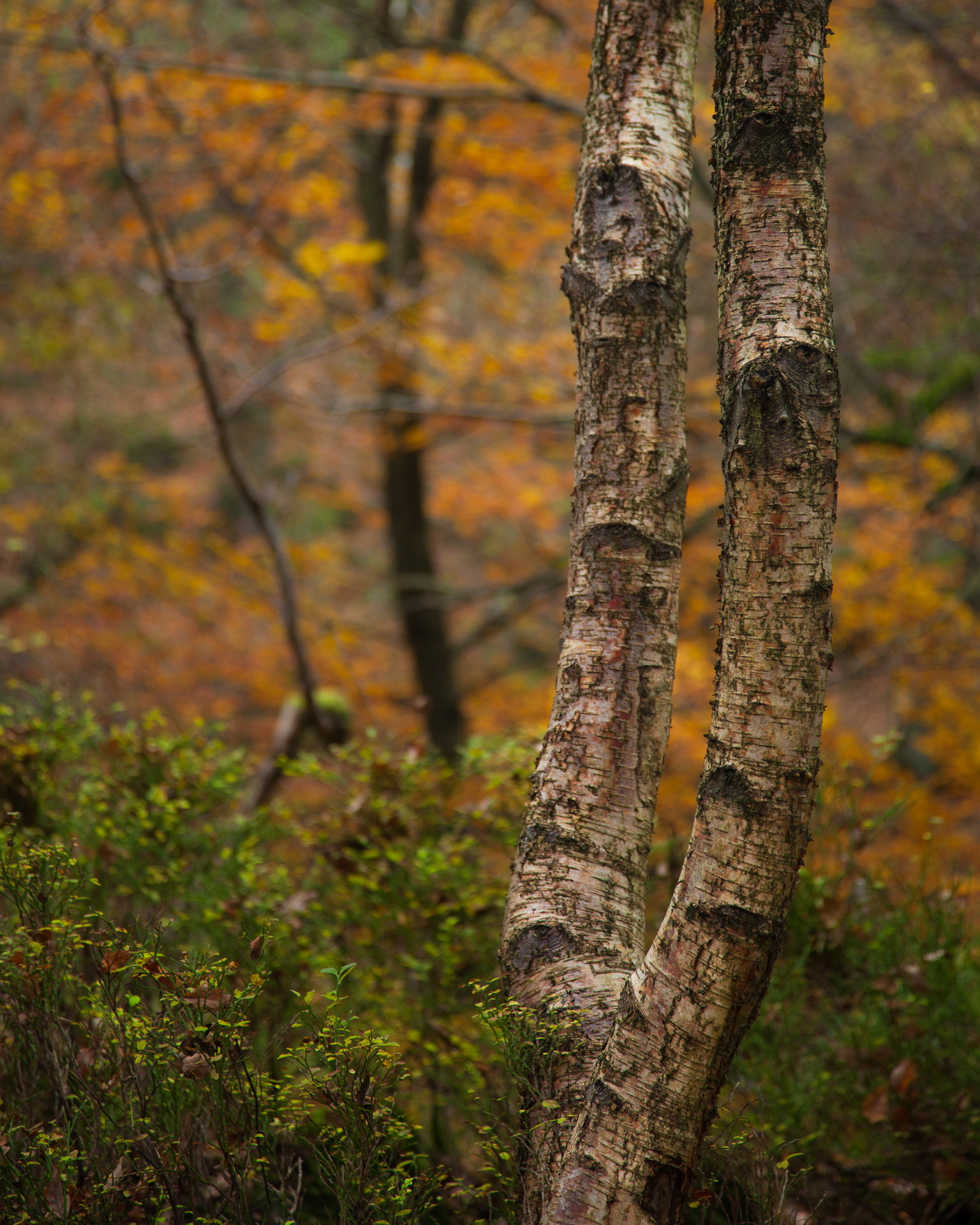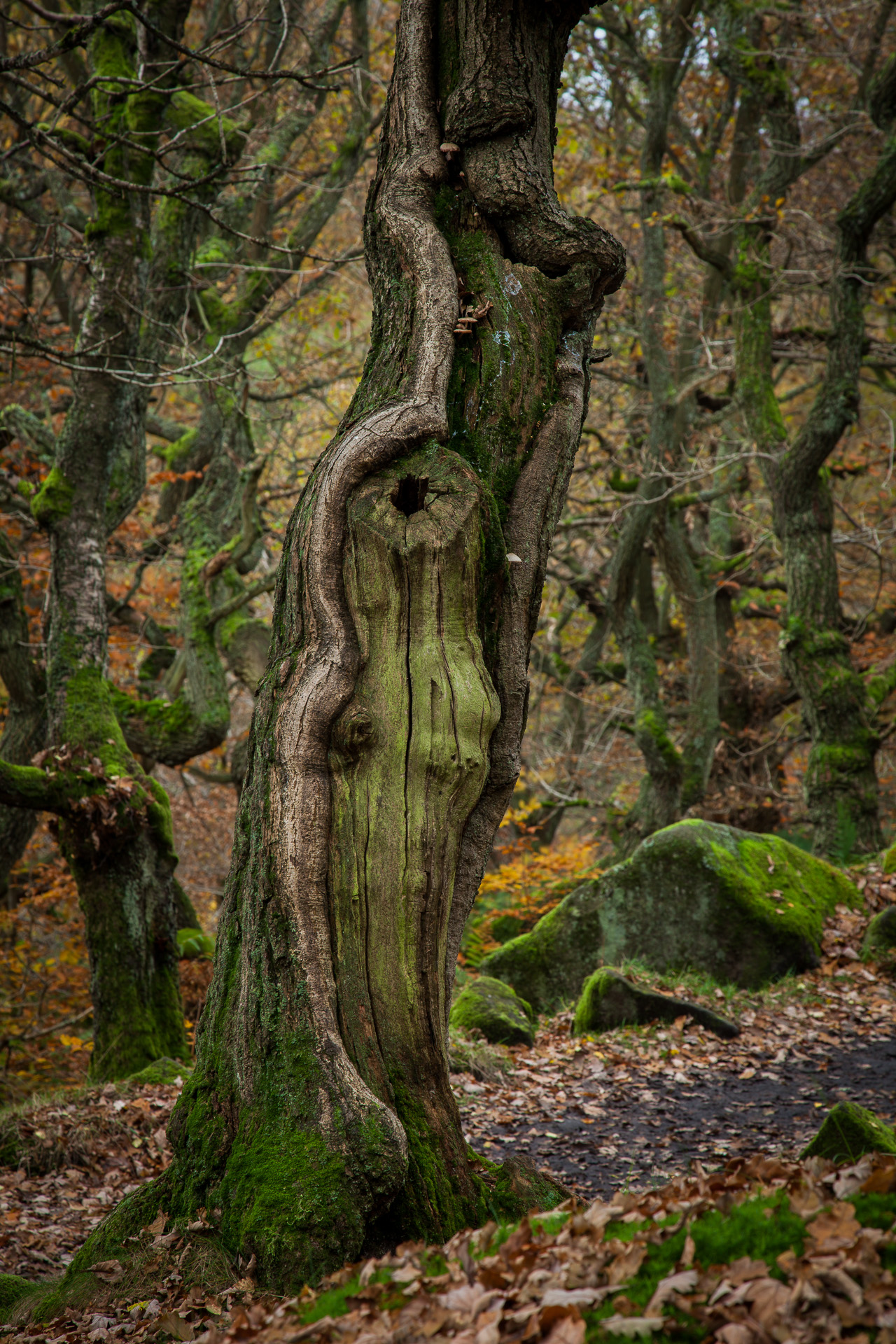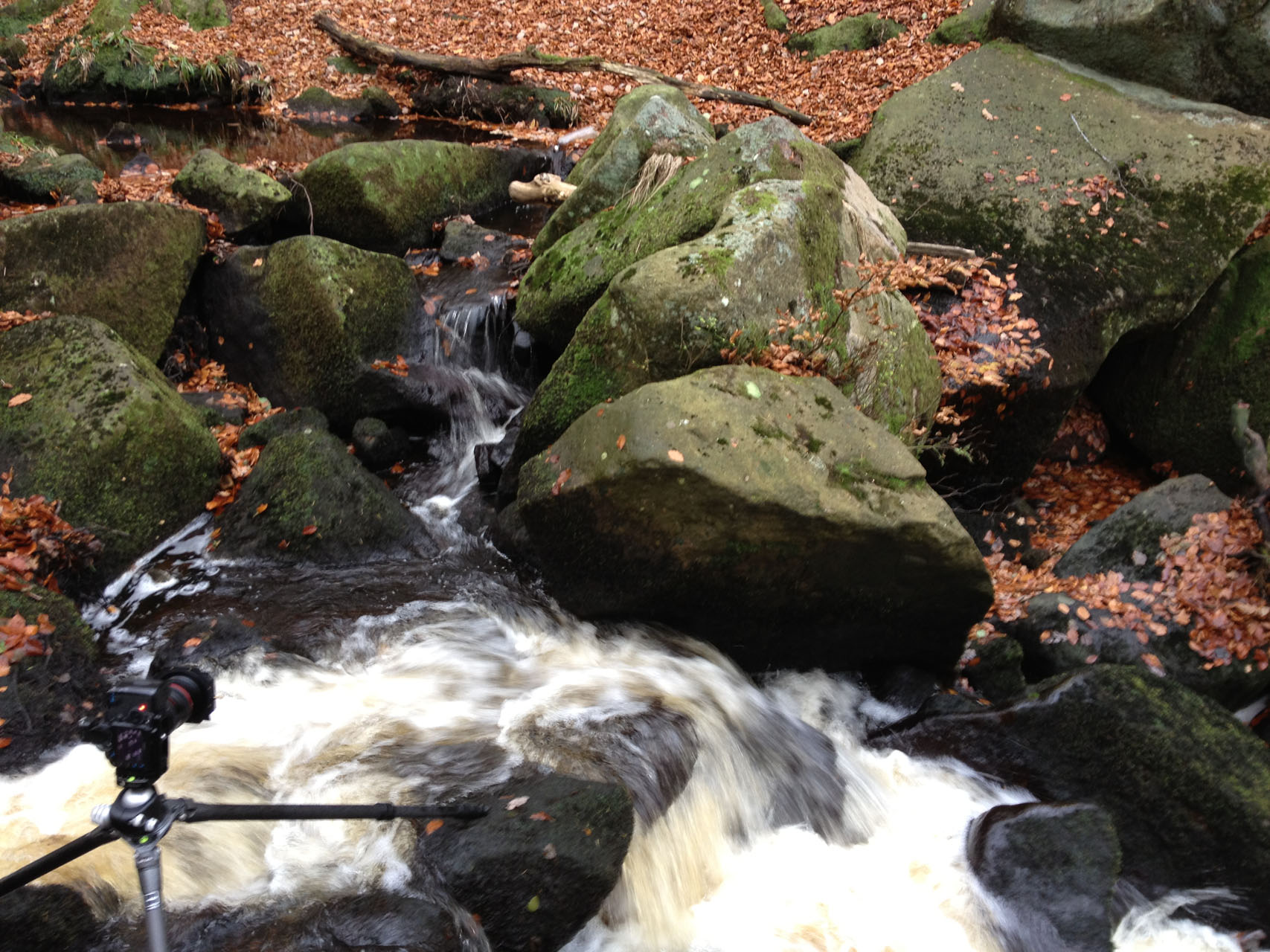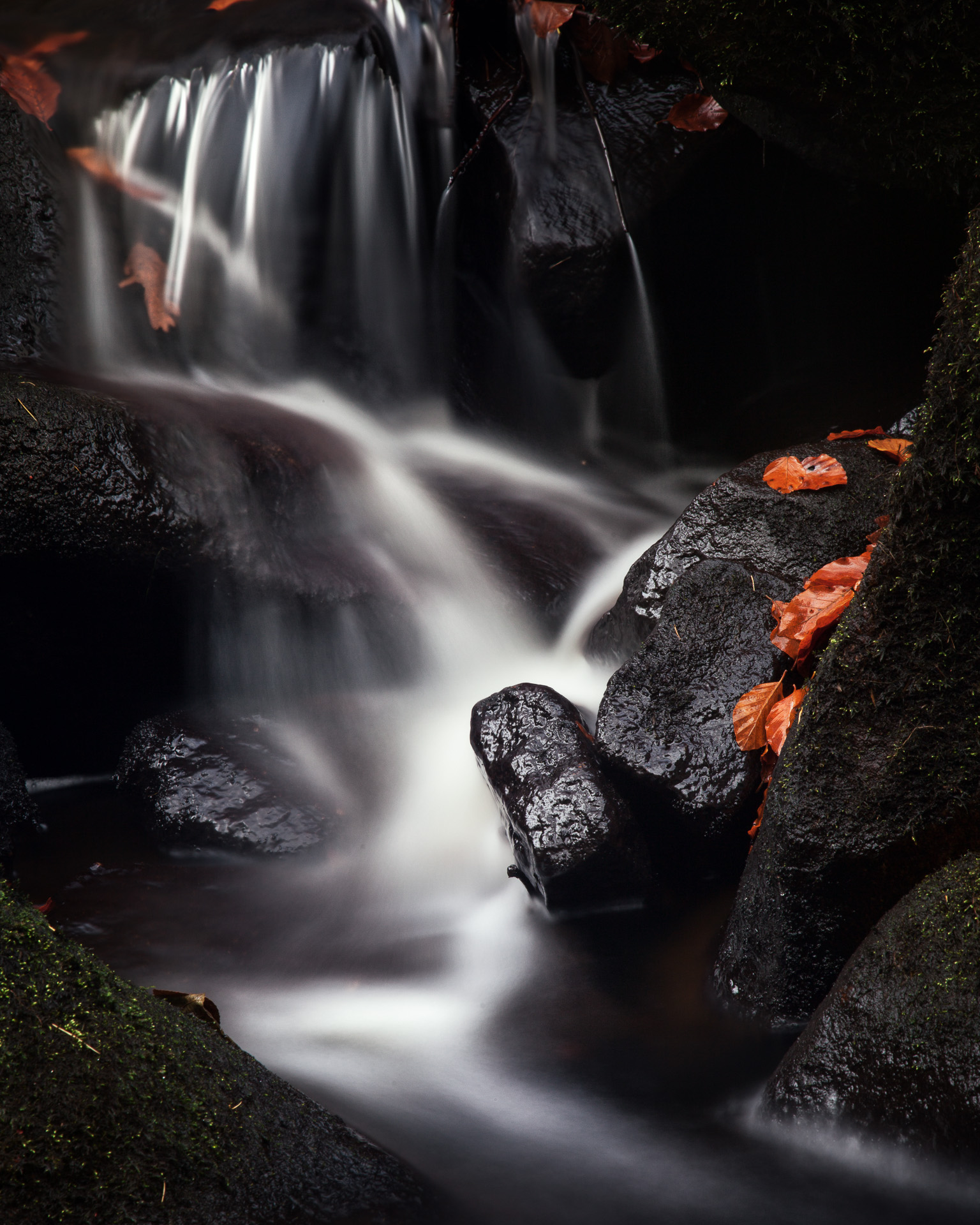During my recent visit to the New England Tablelands (see Part 1 here) I travelled to Wollomombi Gorge. Within the Oxley Wild Rivers National Park and afforded World Heritage status, the Chandler and Wolomombi rivers plunge over the plateau into the deep and dramatic gorge below. The name Wollomombi is said to be derived from the Aboriginal word “Wollumbi”, which means “meeting of waters”. "Wollomombi". It's a wonderful word isn't it? I love place names, particularly non-English place names. In Scotland, Wales, Iceland, or here in Australia, the native names for places inspire in me a sense of adventure and fantasy, they spark my imagination. It also seems to me that the native names are part of the landscape. Not just a name to put on a map so that someone can find it, they are descriptive and evocative of the place itself. They almost sound like the landscape.
I’m minded, perhaps tangentially, of an article that appeared in the Guardian a few days ago by Robert Macfarlane talking about “rewilding our language of the landscape”. I think the language of a place helps our connection to it. It’s well worth a read and a think about (link).
Returning to Wollomombi, my goodness it is some sight. Being 4 hours away it’s not exactly on my doorstep but I never expected to have such a grand spectacle so close to me. From other photographs I’ve seen, it is particularly breathtaking after heavy rain where the rivers turn into huge torrents and the base of the falls obscured by the spray thrown up. The conditions I experienced were less dramatic, but nonetheless very beautiful.
I arrived about an hour before sunset hoping for some special light. As this was my first visit it was difficult to be certain where the light would be in this complex terrain just from looking at maps, Google Earth, TPE and other photographs. Conditions were pretty much as I expected however, the yellow sun catching the top of the gorge, deep blue shadow falling on the rocks below.
There are several lookouts as well as bush walks along the escarpment’s edge. As with Ebor in my previous post, most photographs of Wollomombi are taken from the couple of lookouts near to the car park. I started out with the ‘tourist’ shot but quickly switched to my 100-400mm lens to allow me to get closer to the falls and the gorge. As is often the case these detail shots were the most pleasing of my time there, though the stiff wind did its best to ruin a number of them with the lens fully extended to 400mm.
With the obvious lookout shots done, I decided to follow the well worn cliff top path towards Chandler’s Lookout. It sounds like it offers brilliant views but sadly it is closed, I believe due to erosion. Note to NPWS it would be great if you could put the ‘lookout closed’ sign at the start of the path rather than at the end of it!
One of the main things that makes the mountainous parts of Australia that I’ve experienced so far quite different to Scotland - other than that they have cattle ranches on top of them! - is that they are swathed in thick vegetation. For the most part British mountains have been denuded of their trees and vegetation, revealing their rugged rocky skeletons.
However in large parts of Australia, and certainly in the large and numerous National Parks, nature is left to its own devices and appears to conquer all. It is quite wonderful, and a real delight to spend time in this wild environment of rich biodiversity, some of which goes back to prehistoric times.
As a photographer it does present some difficulties though. With trees everywhere, if you want to photograph something that isn't a tree then you can have a bit of a tough time. There are few tracks through the wilderness, and ‘going bush’ is at best left to those with more experience of this terrain and at worst discouraged. Even if you were to brave it, with limited detail on topographic maps and little hope of actually finding a clearing where nature doesn’t dominate, it seems pretty unlikely that your time would pay off.
Contrast this with open access land in the UK, such as in the Peak District or the mountains of Scotland, where you can roam freely looking for something to take your fancy almost completely unimpeded (other than from the contours of the terrain itself). I remember wondering if, over the course of history, a human foot had trodden on every inch of land that I was looking at. Out here there is no doubt that nature dominates and man’s presence is very limited, albeit partly because a line has been drawn around it and the loggers haven’t moved in (yet?).
There is a huge irony here. I catch myself cursing that I can’t get a particular shot because the trees are in the way, because vegetation seems to infringe the frame on all sides. And yet, is it not this glorious expanse of nature-run wilderness that I/we should be celebrating?
As photographers I think we are too often guilty of wanting to tame the landscape, to turn it to our own advantage and a beautiful picture. Perhaps in many parts of the world, the landscape is willing - or has been bent too far - and photographs come more readily. Here though, on the fringes of man's domain, the natural landscape is less willing to pose brazenly for a photograph.
Here and there can be found lookouts. On the roadside, or at the end of long bush tracks, where the land rears up and has been partially cleared to offer a better look at the wilderness that we walk through. Wooden platforms with metal rails. I’ve always tried to avoid using them for photographs.
In most places with high visitor numbers, this is where a million photographs are made with naught but a few inches and a different time of day to pick between them. Laybys, lookouts and famous locations seem to me to be the least likely places to make compelling and emotive photographs. Yet here in this dense vegetation they provide the only respite from the claustrophobia one might feel spending hours walking alone in the company of trees and the strange sounds beyond them.
It’s a strange dichotomy indeed.
The walk above Wollomomibi was most lovely, yet the many trees continued to interfere with my photographic vision. As I walked, I would look for gaps through the foliage to the dramatic gorge and the snaking river below. Sadly few presented themselves.
At points I caught a glimpse of an opening and went off the path to take a look. But clearing one tree meant bringing in another couple. With the ground unstable and slippery, and a pretty big drop below, I decided that I would just have to make do as best as I could. I made a few shots that I was originally happy with, but my enduring feeling is that I have unfinished business here. I will return. And here I will learn to make the most of the wonders that nature presents me. I will worry less about simple, denuded compositions. I will instead use the trees as a more effective element in the photograph to tell a truer story of Nature's Domain.
